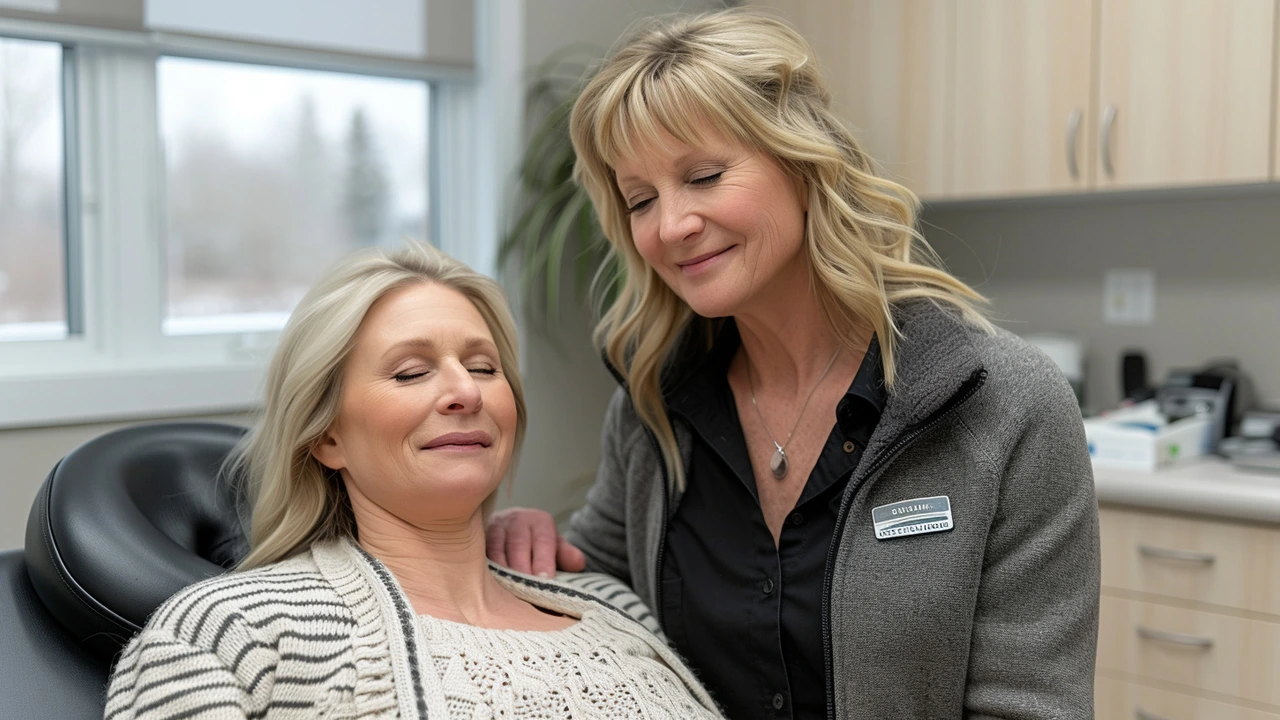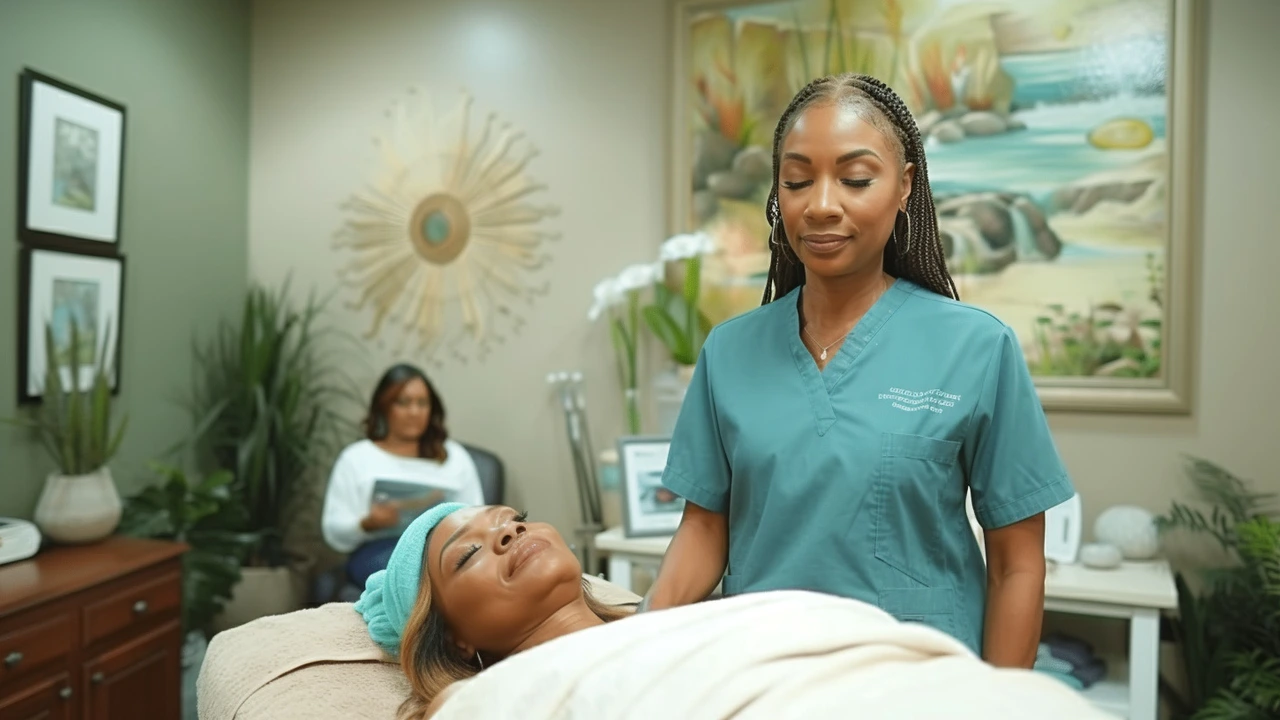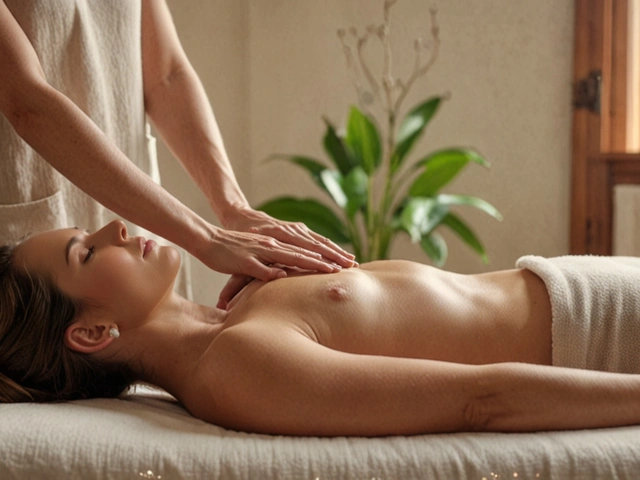Craniosacral Therapy for Dogs: Gentle Care to Ease Pain and Stress
A calm, very light touch can sometimes help a dog move with less pain and feel less stressed. Craniosacral therapy (CST) is a gentle hands-on method that focuses on the skull, spine, and sacrum to influence the nervous system and soft tissues.
What is craniosacral therapy for dogs?
CST uses soft contact—often no more than the weight of a nickel—to sense subtle rhythms and tensions in the body. Practitioners work with those rhythms to release tight spots in the membranes and fluid around the brain and spinal cord. For dogs that means a low-force approach that won’t frighten a nervous or painful animal.
Owners and vets report CST helping dogs with chronic stiffness, mild back or neck soreness, anxiety, slow recovery after surgery, and better comfort in older dogs with arthritis. It's not a cure-all, but it can be a useful tool alongside vet care, exercise and targeted massage work.
What to expect and how to prepare
Sessions usually last 30–60 minutes. A good practitioner lets the dog set the pace—many pets lie down or nap during treatment. You won’t see dramatic stretching or deep pressure; expect slow, calm handling and pauses as the therapist listens with their hands.
Look for someone trained specifically in animal craniosacral work or an animal bodyworker with CST certification. Ask about experience with dogs, whether they work with vets, and if they can share references. If your dog has recent fractures, open wounds, active bleeding, or uncontrolled seizures, get veterinary clearance first.
Bring a familiar blanket and keep the meeting quiet. If your dog wears a harness, bring it—many therapists prefer to work with the harness on so your dog feels secure. Note any meds, recent injuries, surgeries or behavior changes before the session.
At-home follow-up is simple: keep walks gentle for 24–48 hours, offer low ramps instead of jumps, and give calm rest time. You can also use very light, short-handed calming touch—rest your palm on their shoulder or chest for a minute while breathing slowly. Small changes after a session are normal; sometimes dogs sleep more the first night and then move more easily the next day.
Think of CST as a gentle reset for the nervous system and soft tissues. It works best when combined with practical steps: appropriate exercise, targeted massage or myofascial work, and regular vet check-ups. If you want to explore this approach, start with one session and watch how your dog responds before booking more.
Curious for more? Look into related gentle therapies like myofascial release, neuromuscular massage, or guided relaxation techniques to build a full plan that helps your dog move and feel better.

Craniosacral Therapy: The Ultimate Solution for Stress Relief
Hello darlings! Today, I'm excited to introduce you to a new holistic approach called Craniosacral Therapy. This unique form of therapy is known to offer immense relief from stress and pain. It's a gentle, hands-on approach that releases tensions deep in the body to improve overall health. I'm sure this could be the ultimate solution you've been looking for to manage your stress. Stay tuned for more insights!

Craniosacral Therapy: A Natural Approach to Healing
Hi there! Today, I'll be sharing about craniosacral therapy, a natural healing approach that's been getting attention. We'll be diving into what it is, how it works, and why more people are turning to it for relief from various health issues. As with everything I share, it's all about promoting holistic health and the power our bodies have to heal themselves. Let’s explore this fascinating therapy together!

Fire Massage: A Burning Trend in Alternative Therapy
Sep, 12 2023



